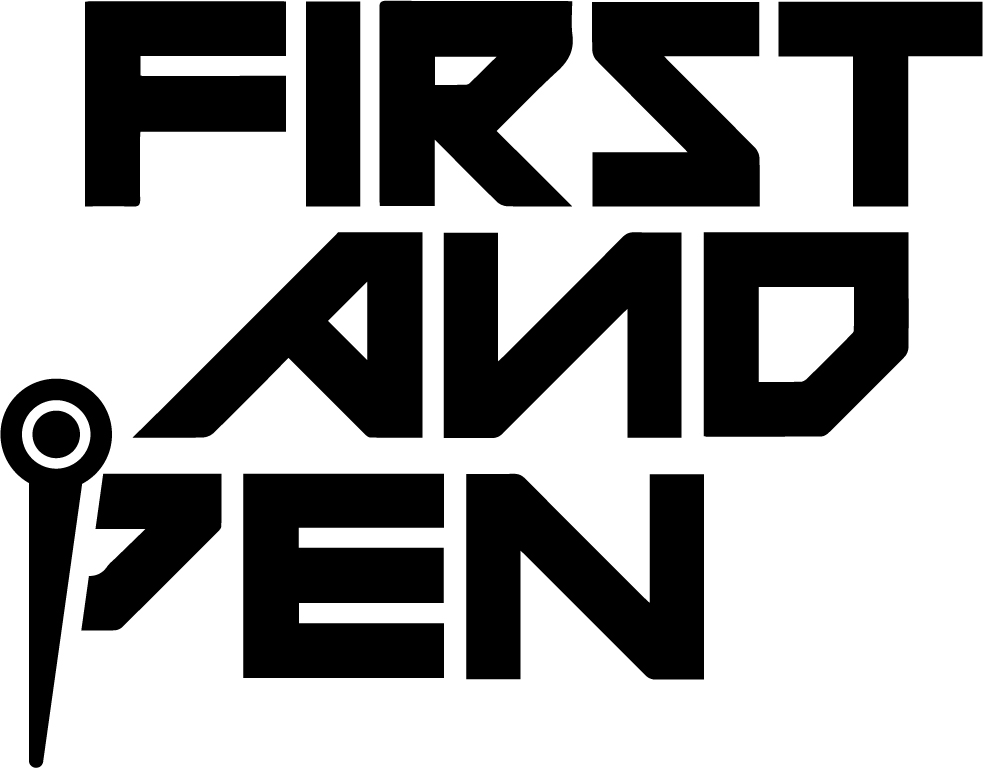Last week’s Two’s Day (2/22/22) was a day of celebration for the United States Women’s National Team (USWNT) in their long and consistent battle for equal pay.
There is no denying that in the U.S., women lead when it comes to winning on the international stage.
The USWNT has won four Olympic gold medals, four world cup titles, and eight CONCACAF Gold Cups. Yet despite their unrivaled success, the soccer field has remained a space of continuing struggle over pay equity between women and men in competitive sports.
Unequal pay is as American as apple pie. The gender gap has remained consistent for at least the past fifteen years, with women earning approximately 84% of what men earn. This figure doesn’t account for the discrepancies that arise when one is a woman and a member of a racial group outside of whiteness.
Nevertheless, the Pew Research Center continues to highlight that when it comes to yearly earnings of full- and part-time workers, it would take women an extra 42 days of work to earn the equivalent of what men did in 2020.
In women’s soccer, there is a clear difference in investments put into a broad spectrum of women’s sports which is manifested in a lack of adequate training equipment and playing fields
Make no mistake. Gender pay discrimination is very real.
A 2017 survey conducted by the Pew Research Center noted that approximately 42% of women (four in ten working women that is) responded that they had faced gender discrimination in the workplace compared to 22% (one in ten) men. For the last six years, the members of the USWNT have pursued gender equity with respect to their treatment as elite athletes. The women have fought for their wages and, more significantly, whether or not they “deserved” to have the same charter flights and better overall training conditions that the men’s team received.
Last week’s settlement agreement marked a turning point in this larger fight.
Several of the players will share the promised $24 million dollars, which is mostly back pay and an admission that gender compensation in soccer has been unequal for years. It also comes with a pledge of moving towards equalization continuing in the future. While the larger issue of equal pay across gender will not be resolved in one day, it fans the flames of this uphill battle for women across all sports and beyond.
In sports, conversations around the gender pay gap often center on revenue issues.
“Do women’s sports bring in as much as men?” has been a consistent question and bargaining chip against giving women athletes their just due. And even with women’s soccer significantly narrowing the gap in revenue generation, their requests for equal pay had largely gone unheeded until last week.
Between 2016 and 2018, USWNT games generated around $50.8 million compared to the men’s $49.9 million (primarily consisting of ticket sales). While those sales are only one source of revenue, it remains an important marker in the battle for equal pay. The constant refrain that women’s sports are less entertaining than men’s and therefore less valuable is one that continues to hold less weight.
The reality is that women’s sports are only perceived as being less valuable because we continue to hold men and masculinity as the zenith of athletic ability, even in instances where their performance lags significantly.
Growing up, names like Mia Hamm were far more familiar to me than any of the soccer players on the men’s team. Today, Megan Rapinoe, Hope Solo, Sydney Leroux, and Trinity Rodman hold my attention more than anyone on the current men’s roster- but the battle for equality has yet to be fully realized despite the titles and trophies tipping the scale in favor of women’s soccer.
As we leave Black History Month and enter Women’s History Month, the move to provide members of USWNT with backpay is a positive move.
Whether the trend toward real equity continues is one that we must watch vigilantly. The call for equal pay has been a dominant cause taken up by feminist movements, yet we must not ignore the ways in which the struggle for equality is further stratified along the axis of race, sexual orientation and (dis) ability among other significant categories of difference.
Equal pay matters, and not just in sports.











